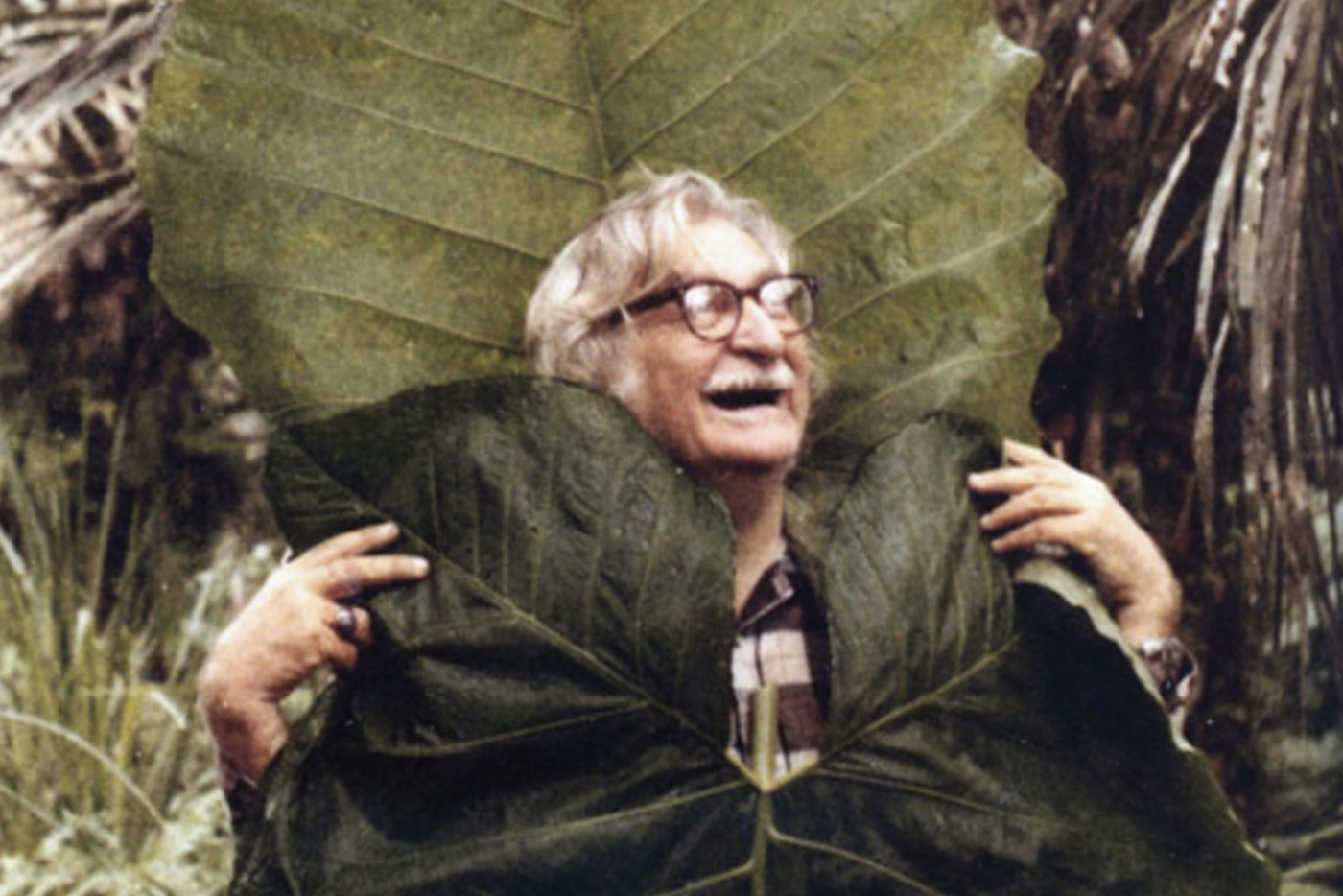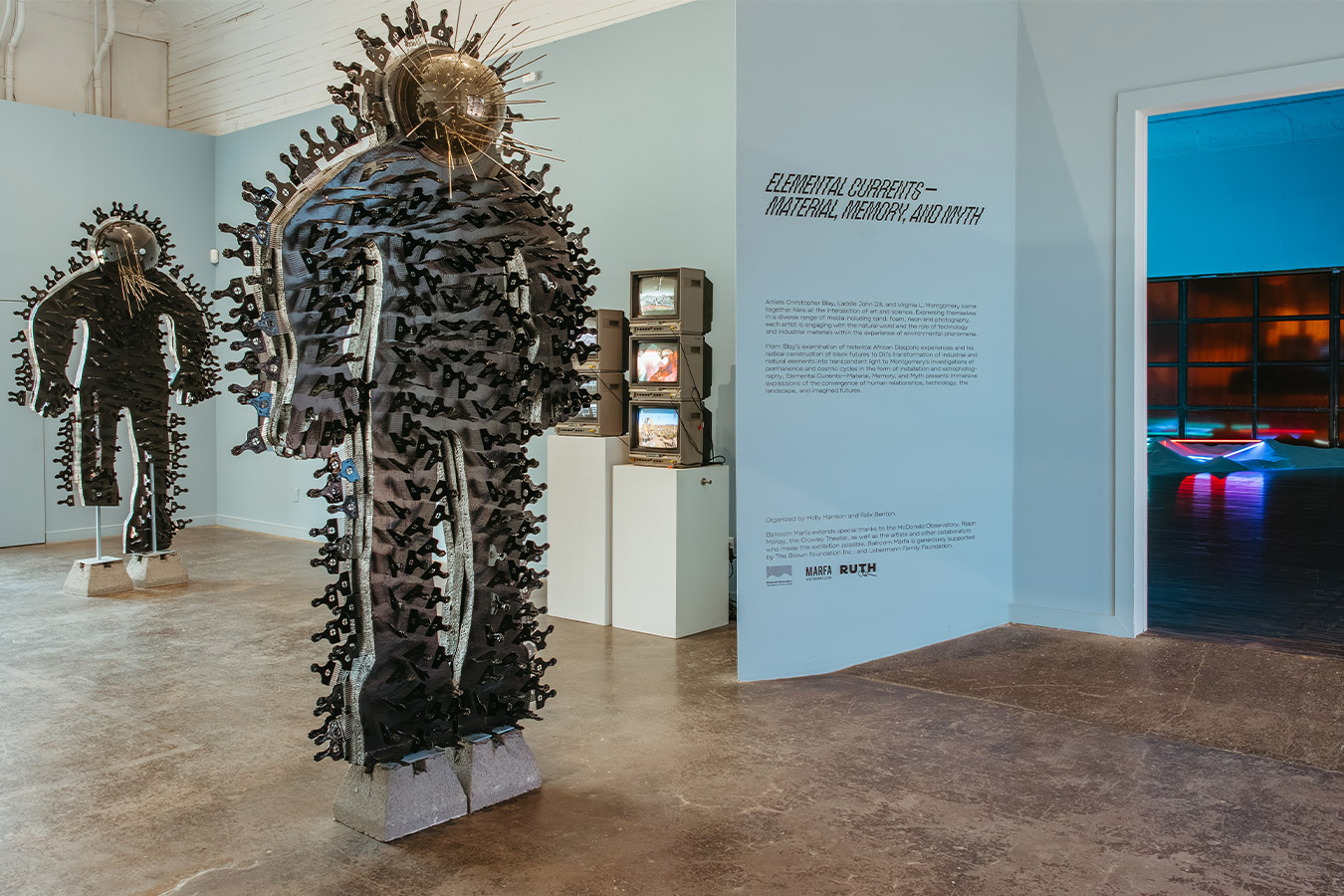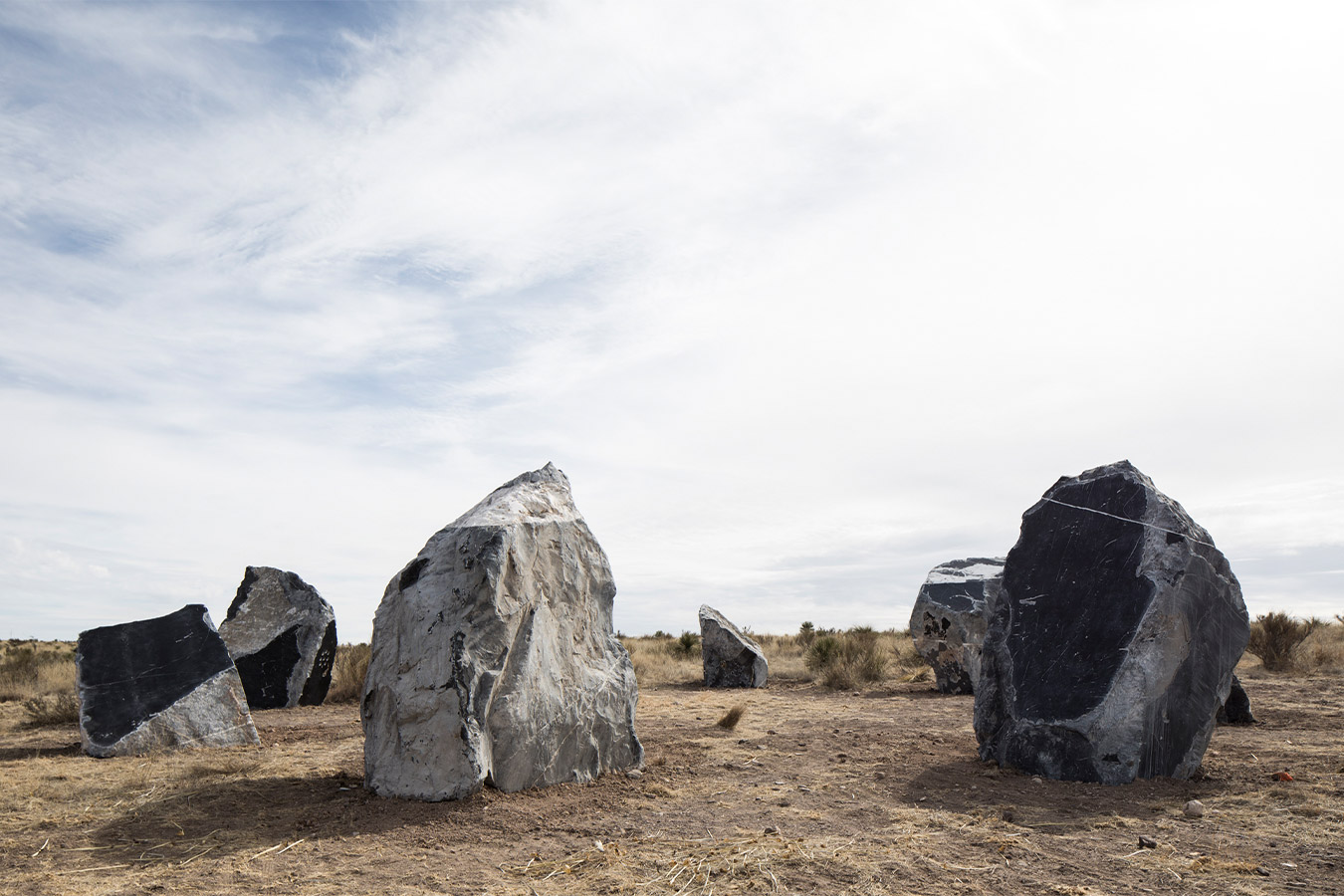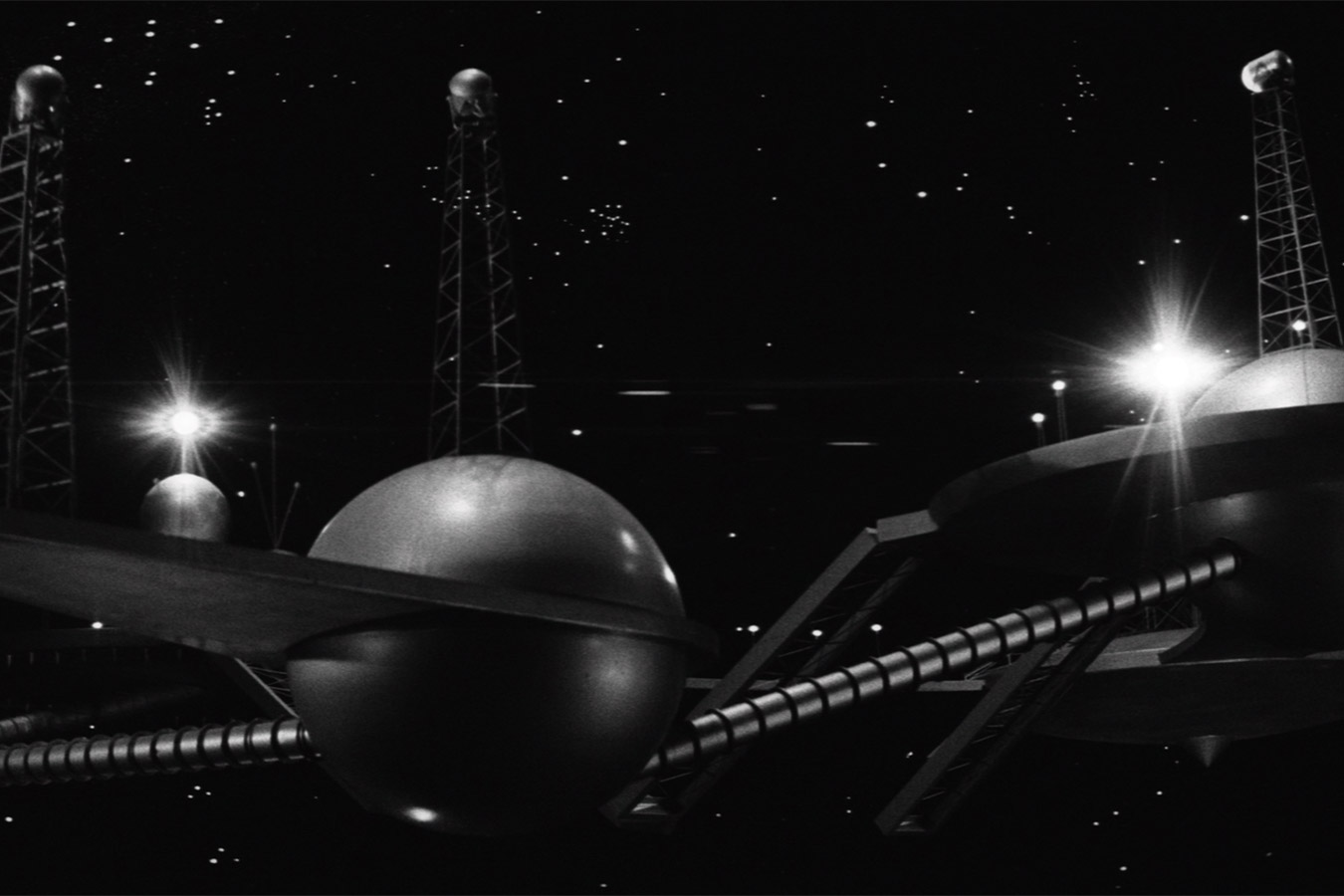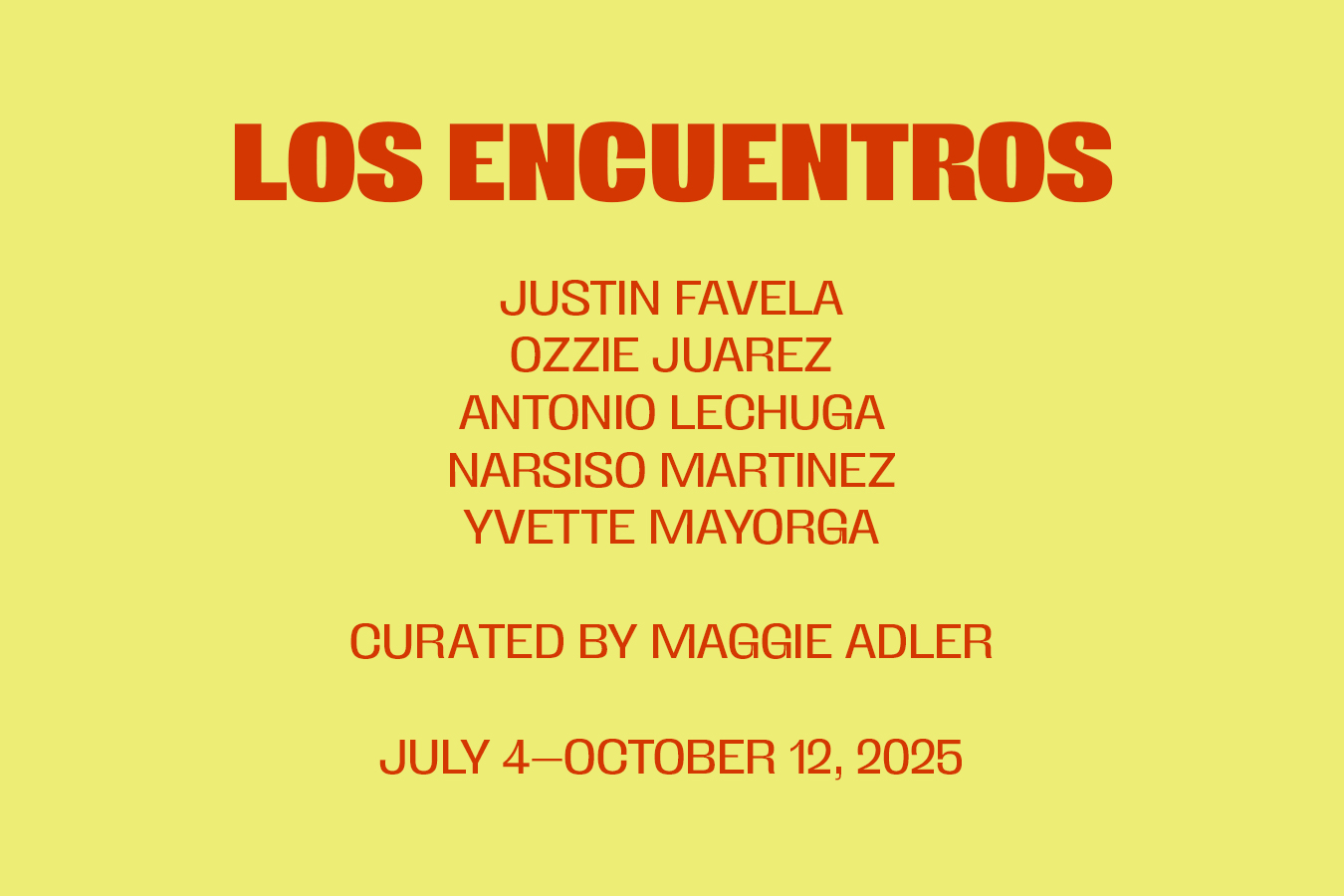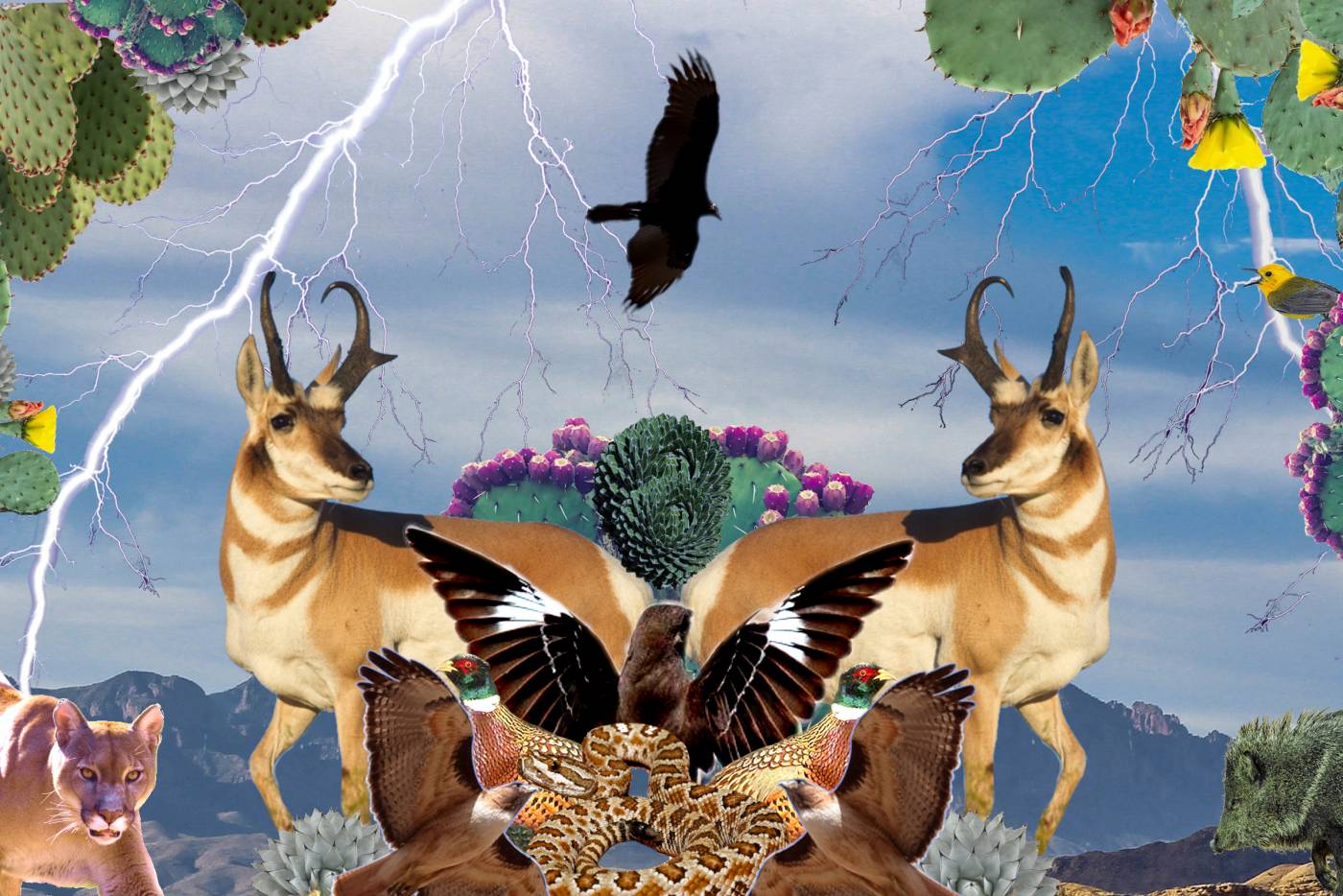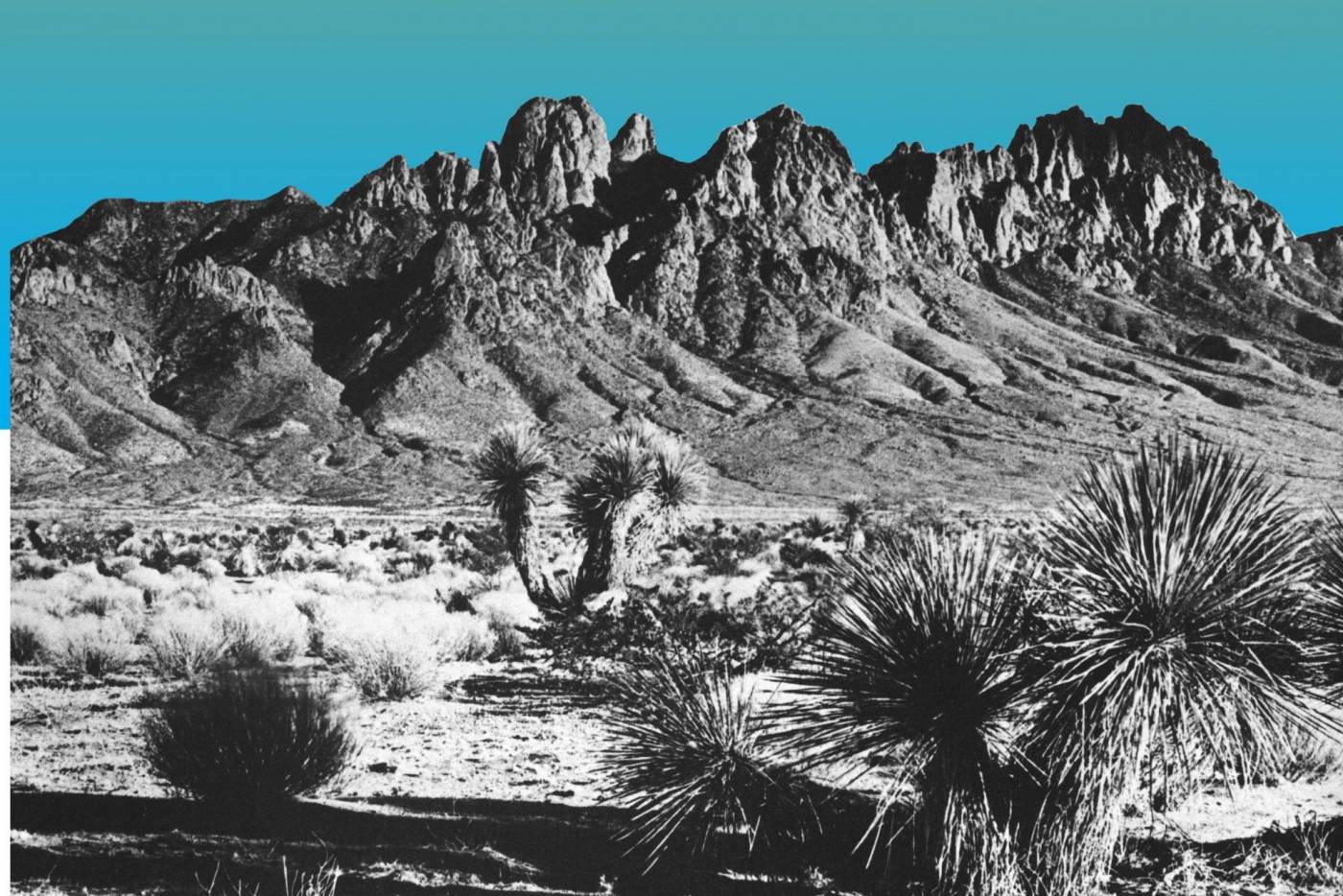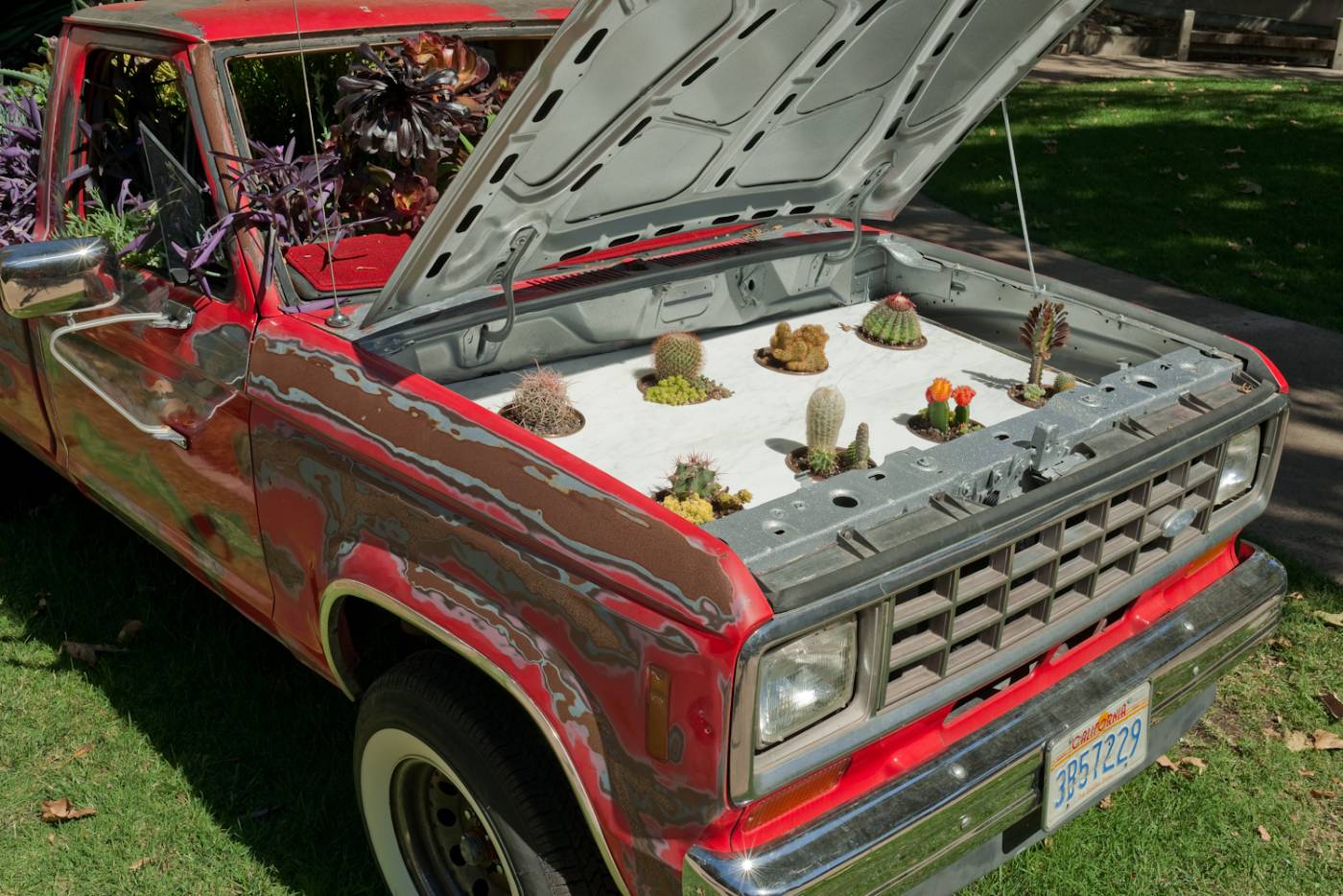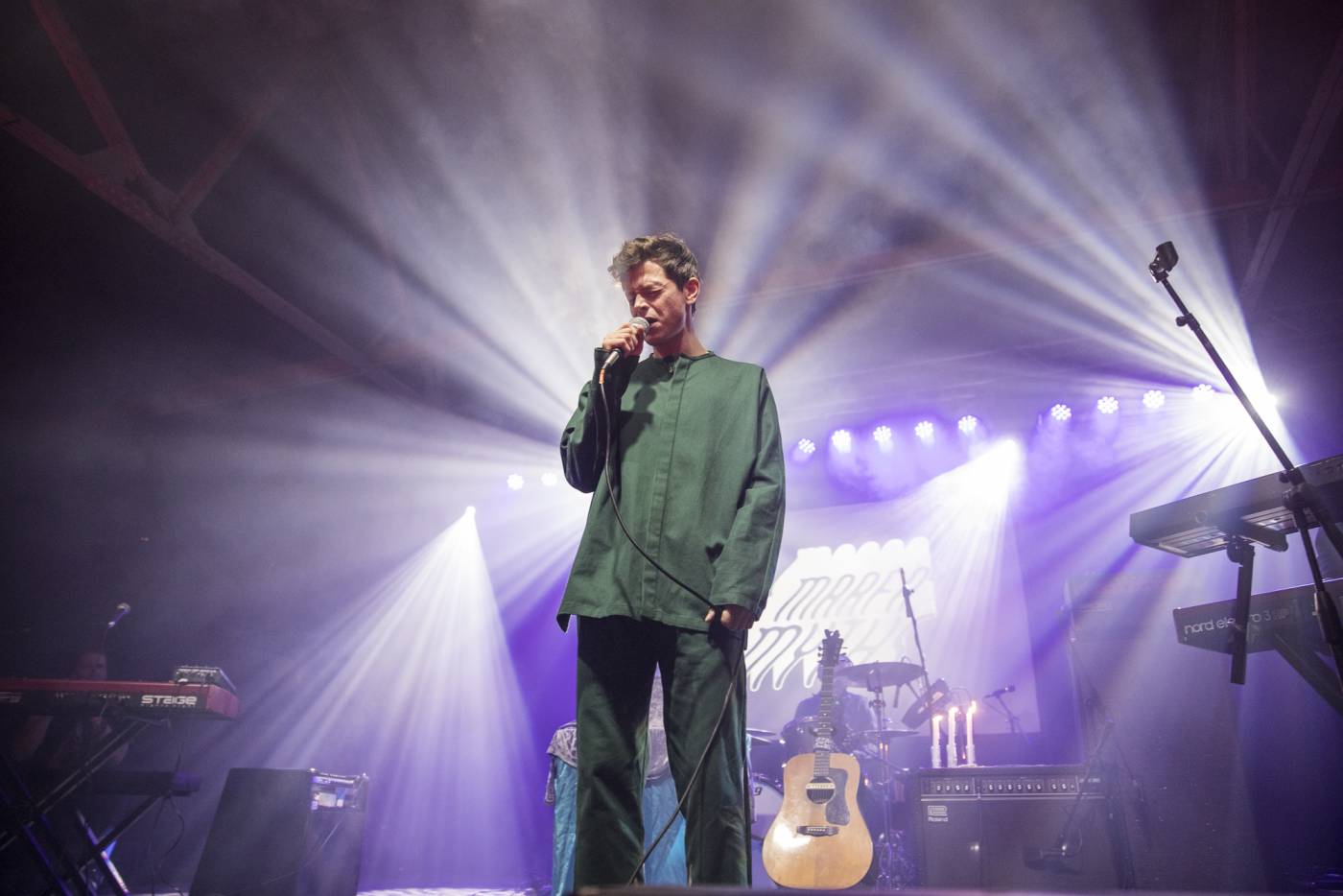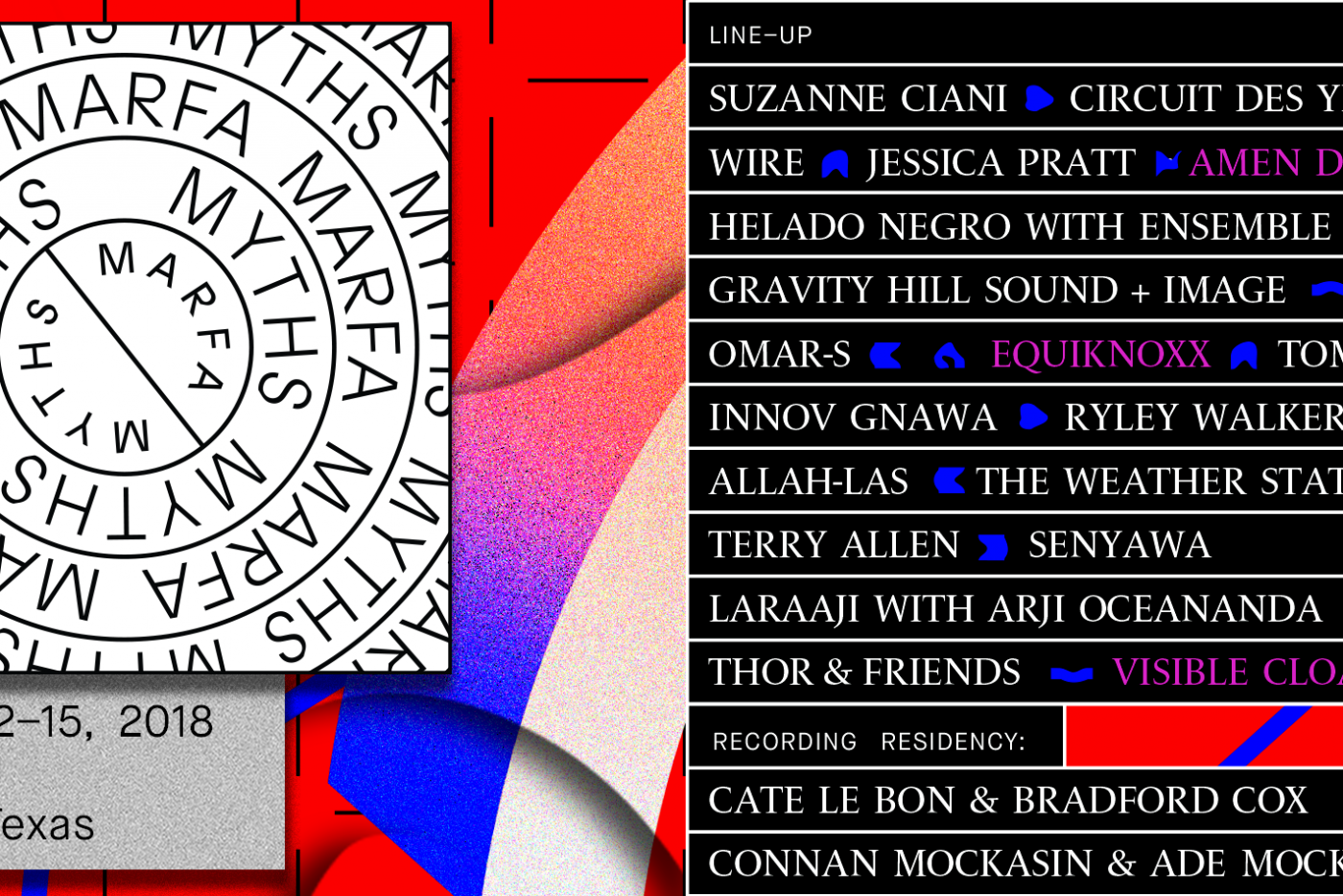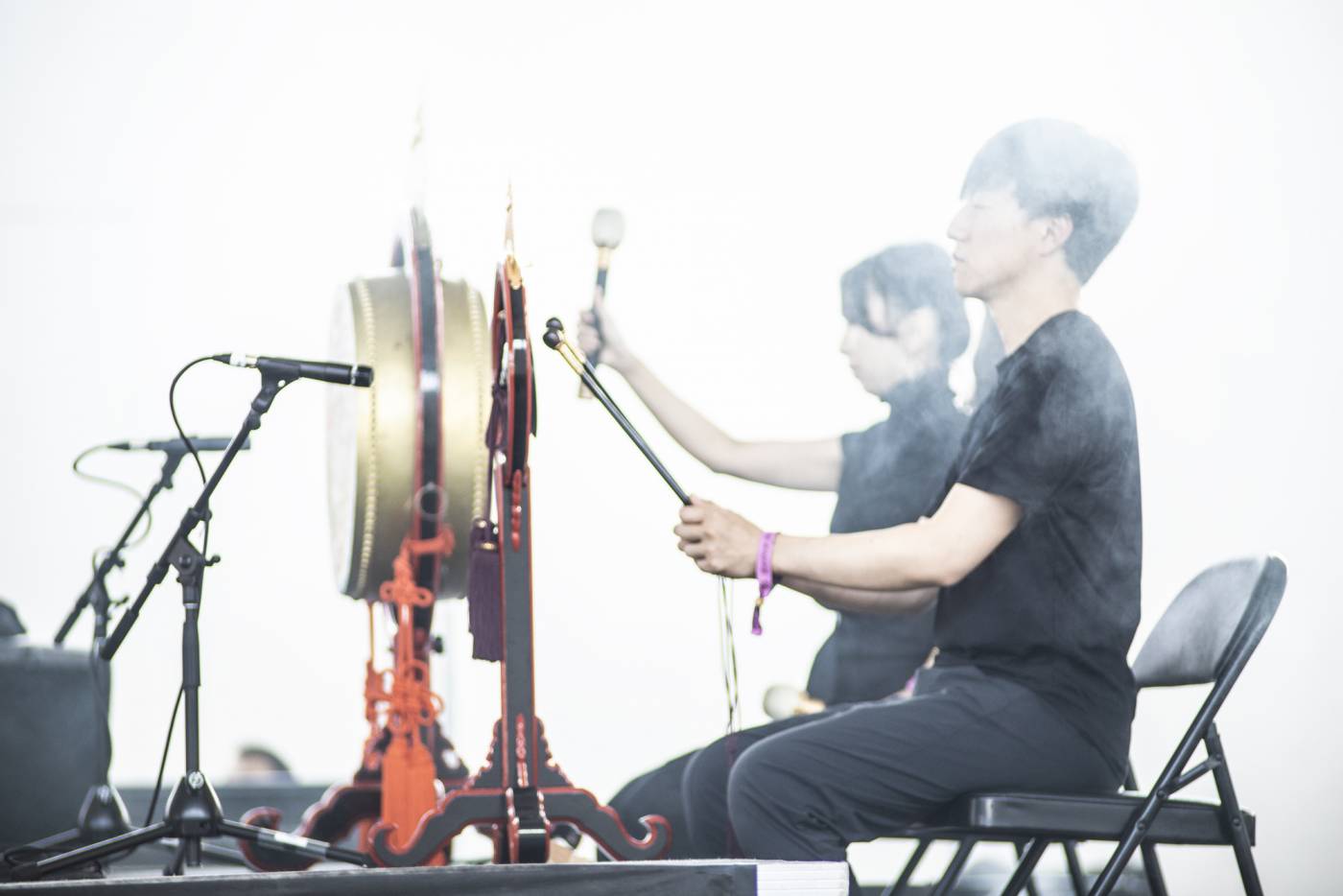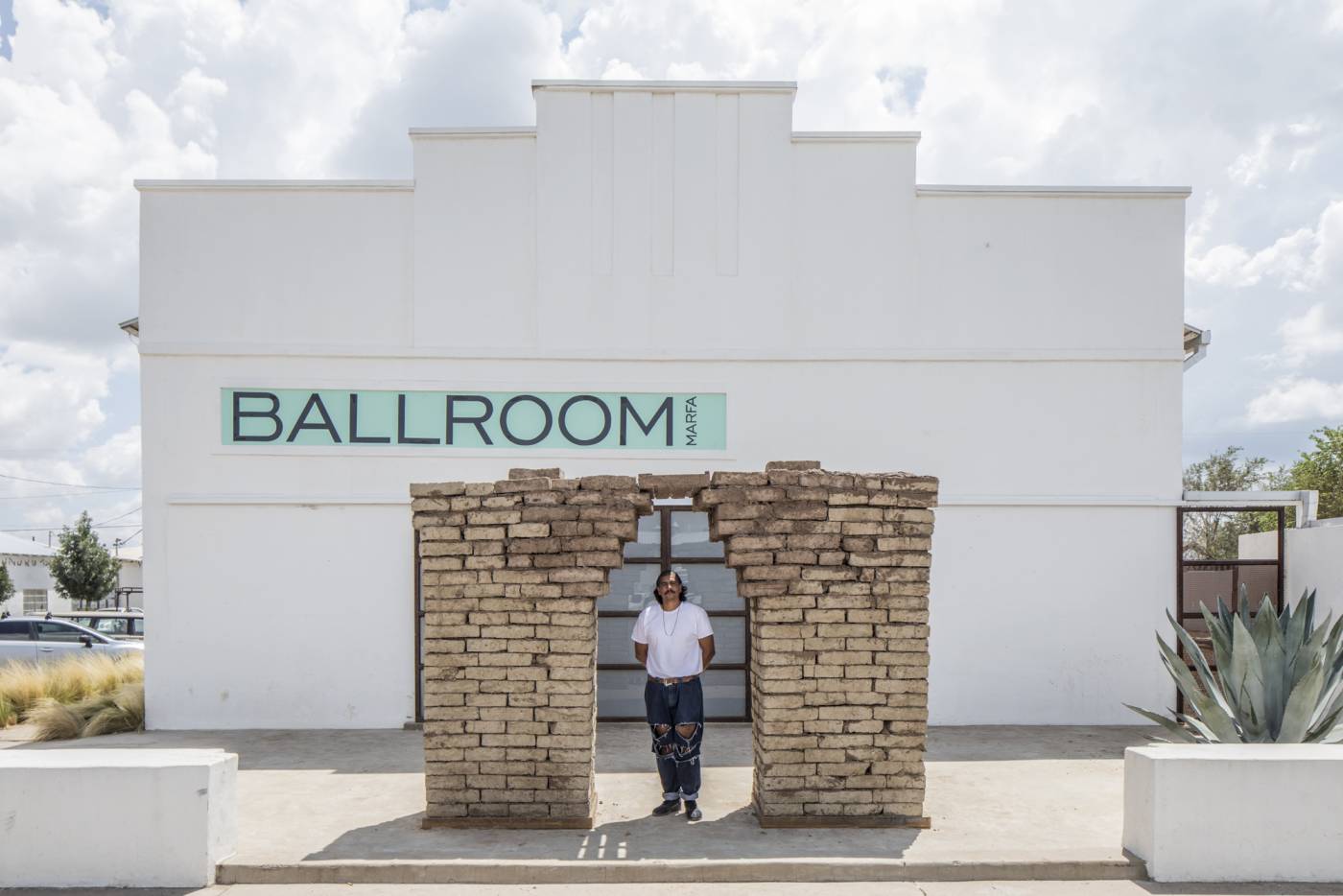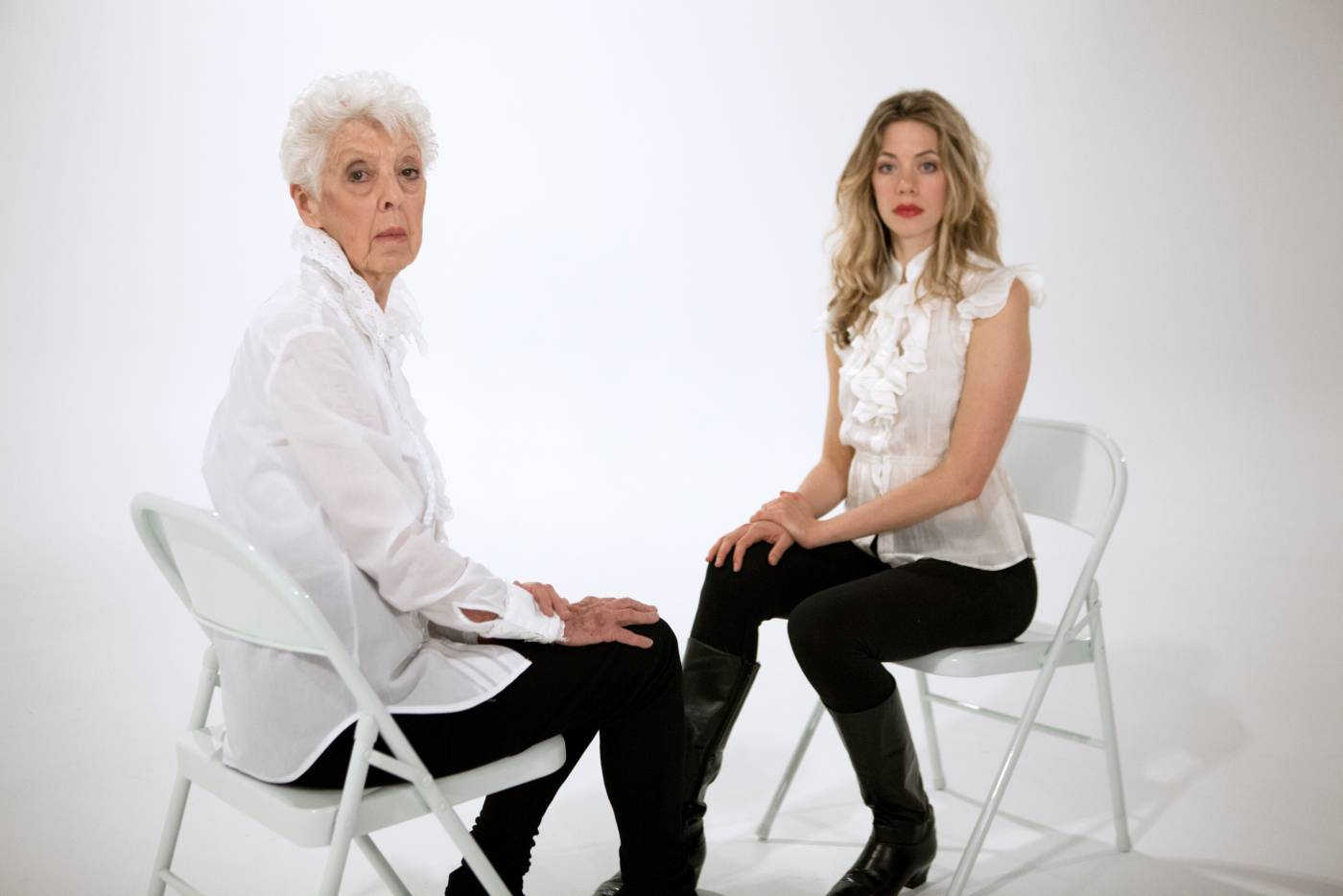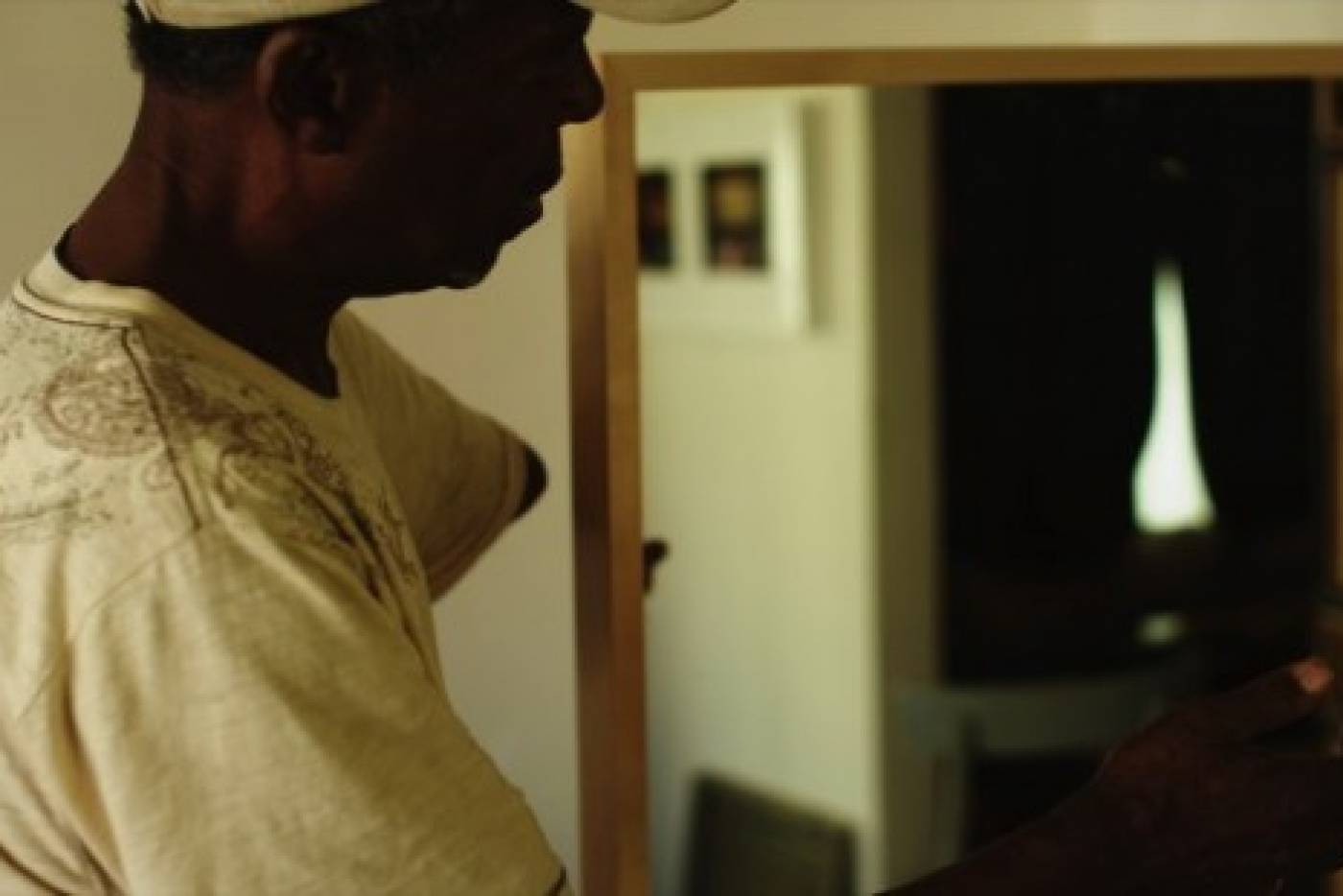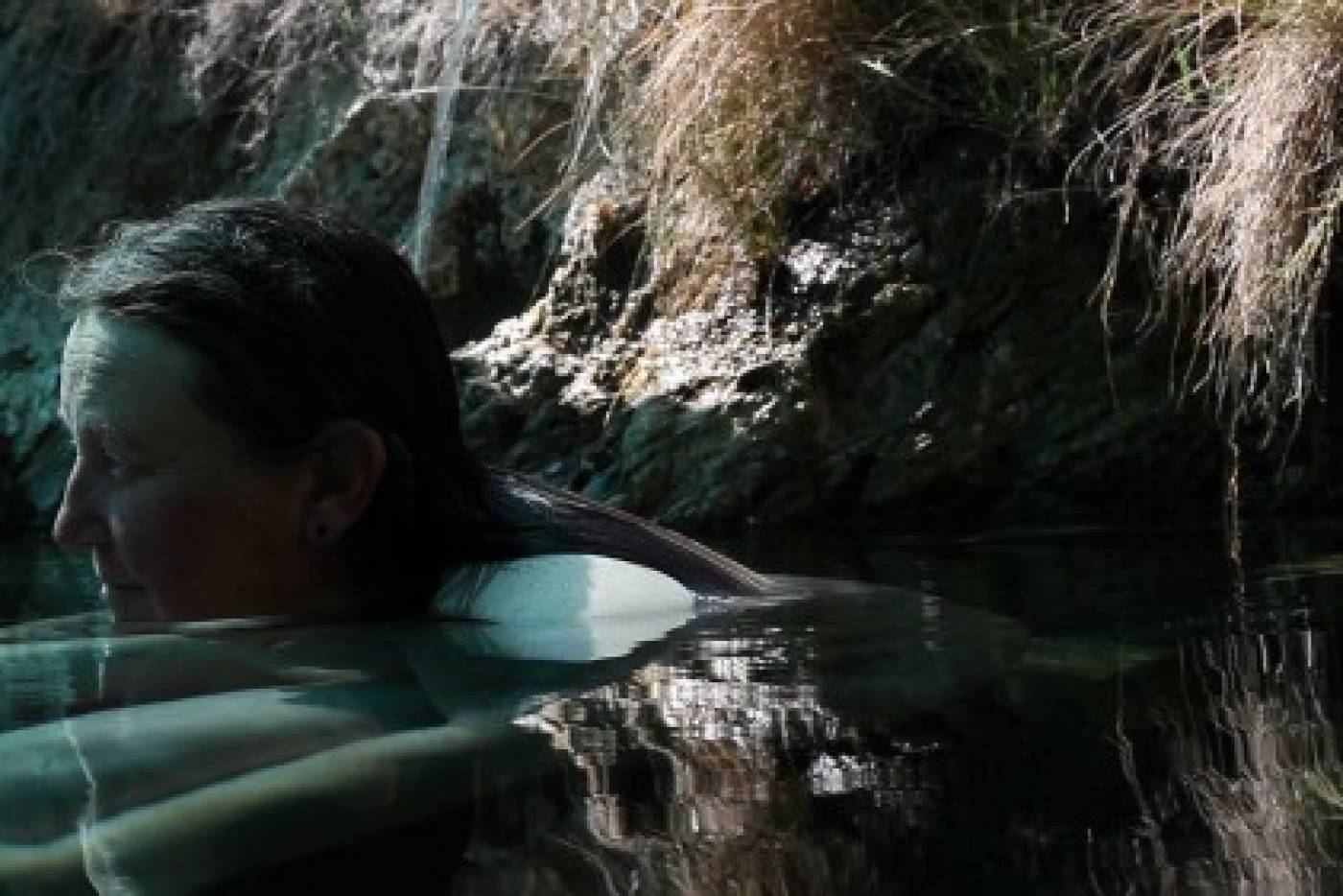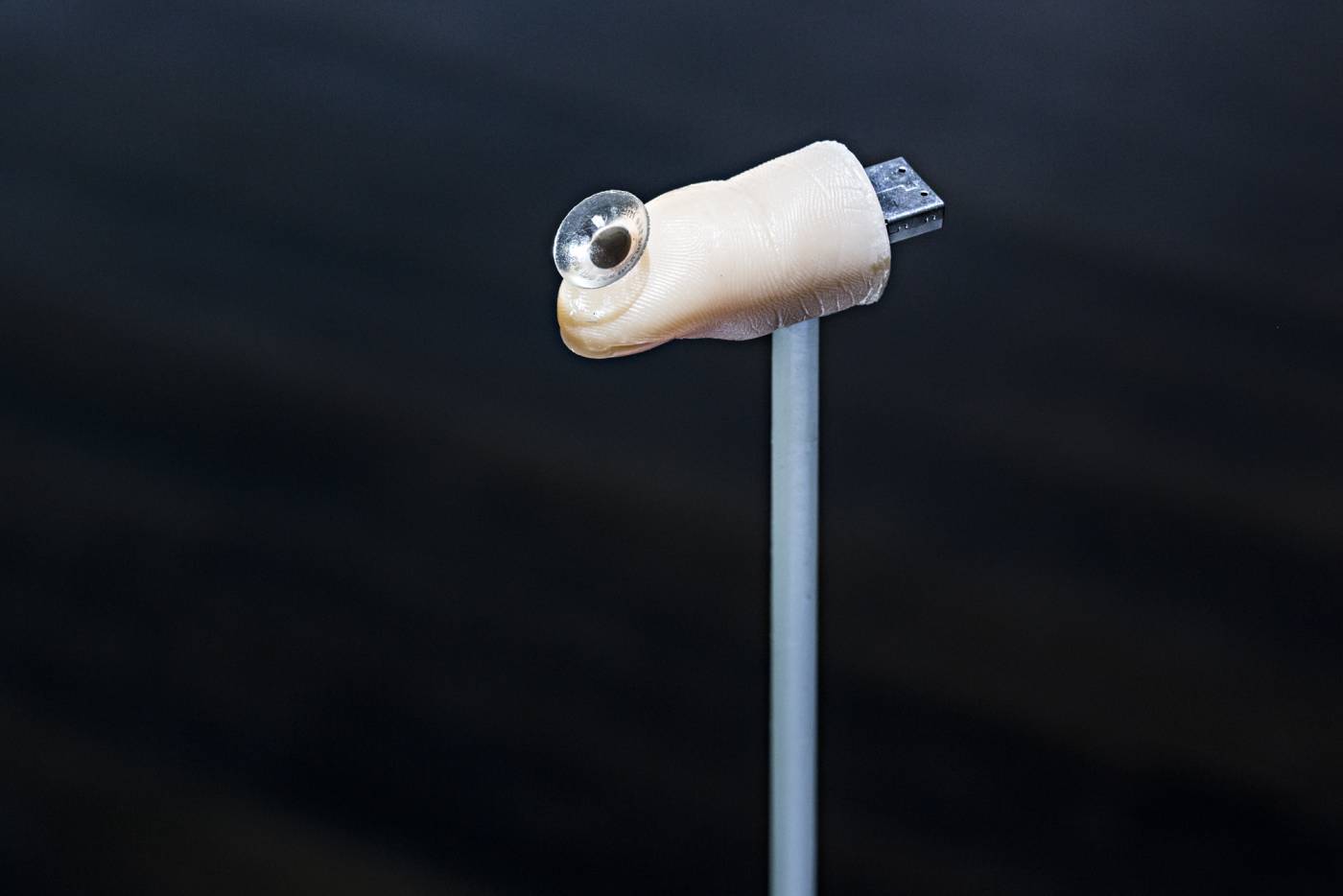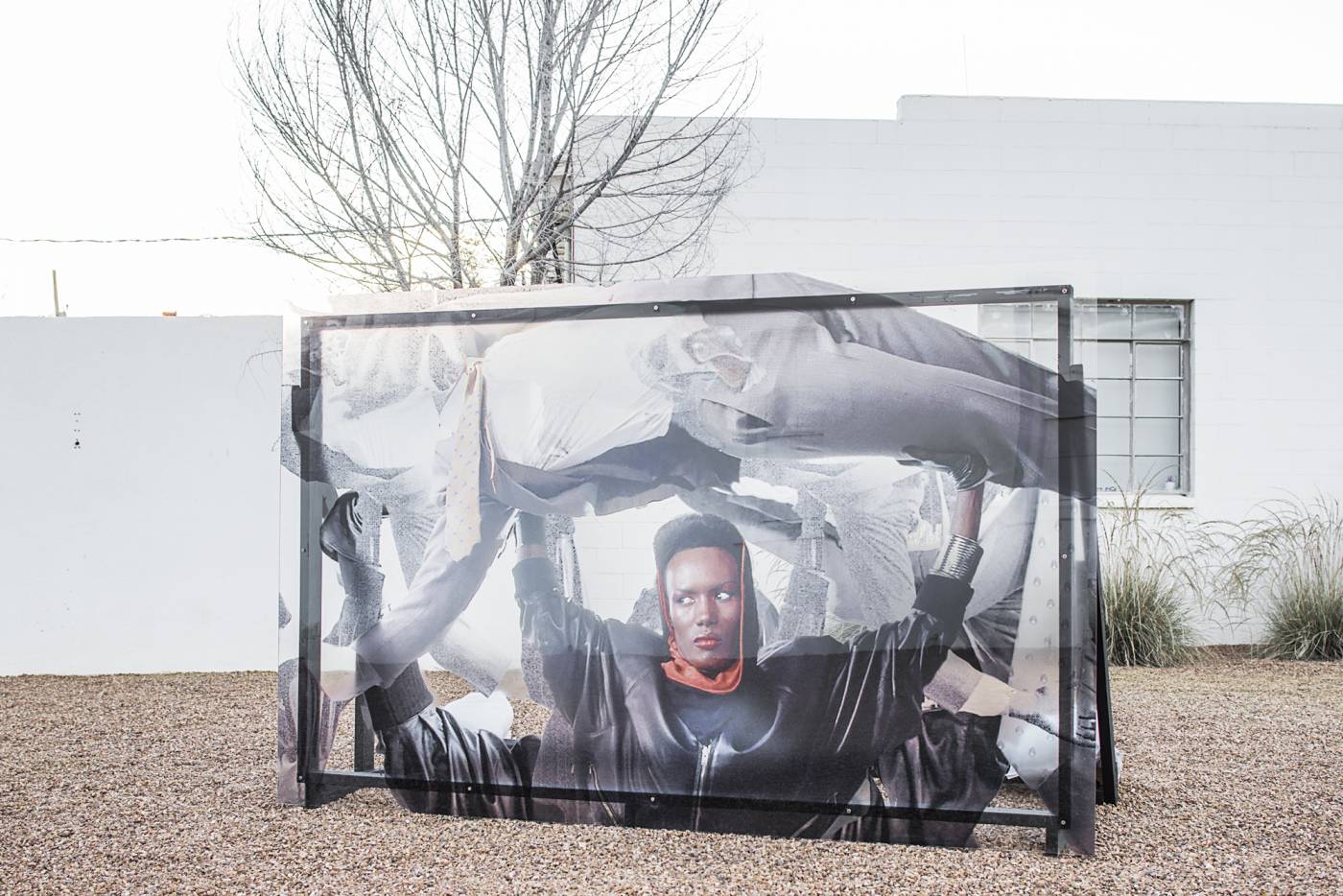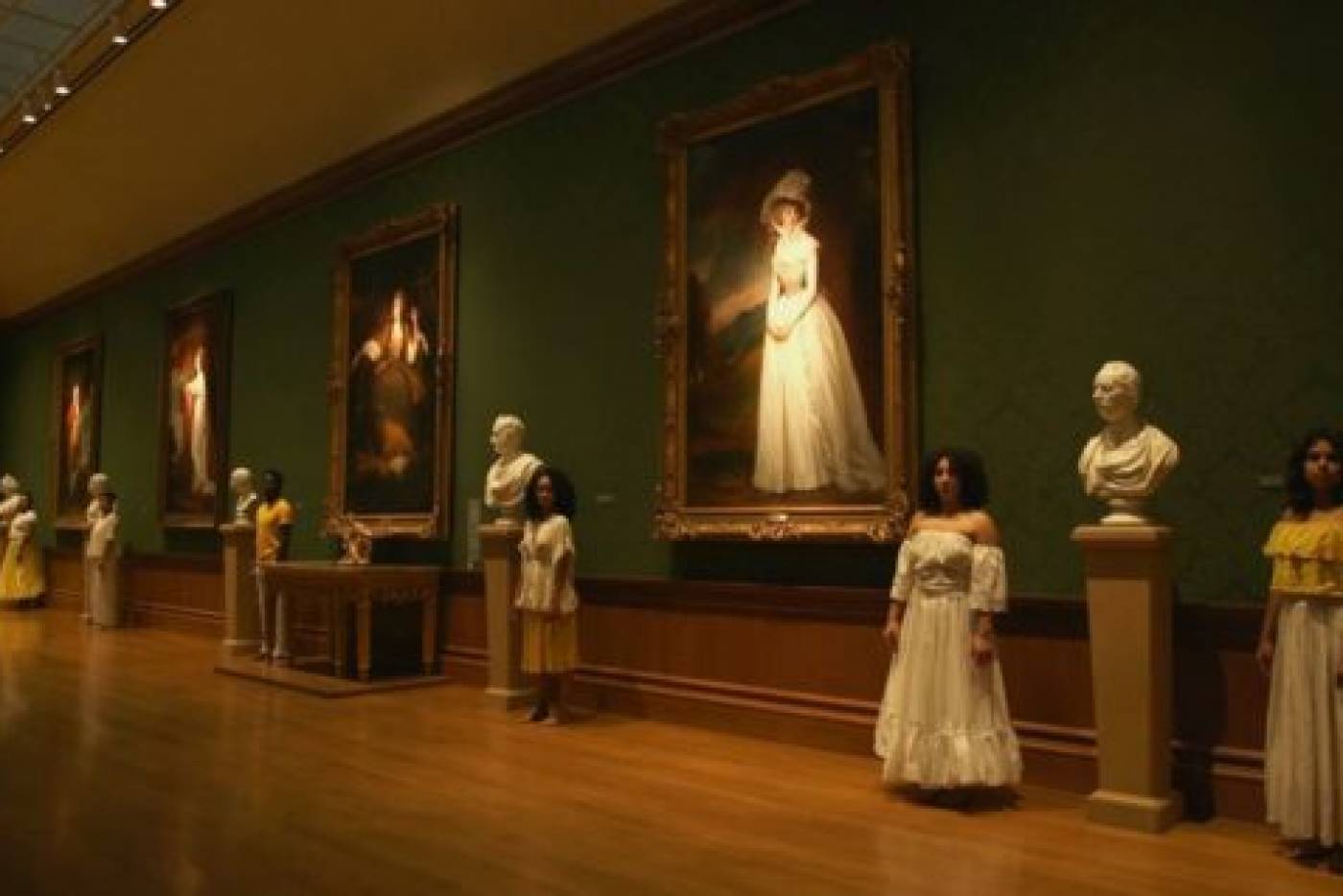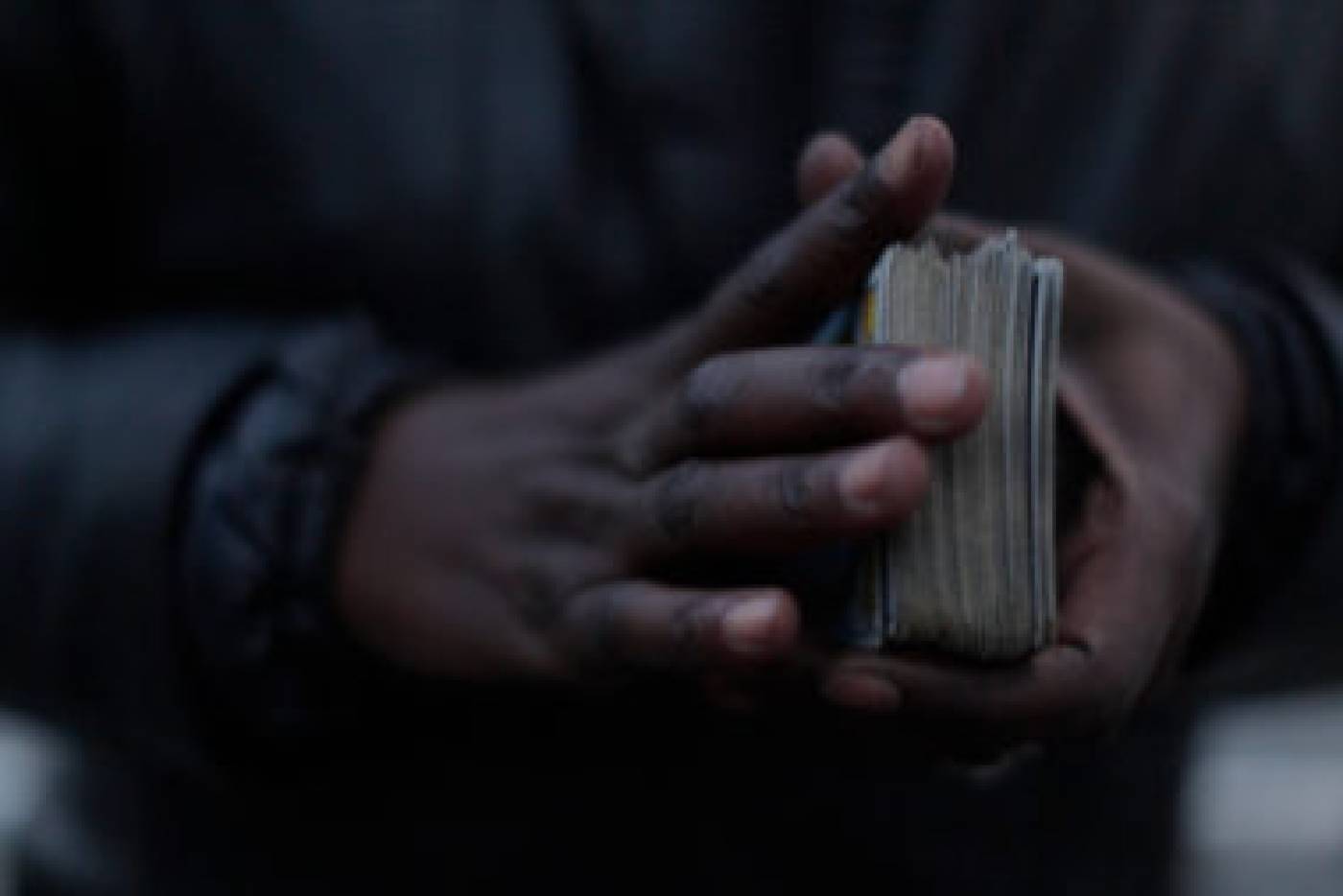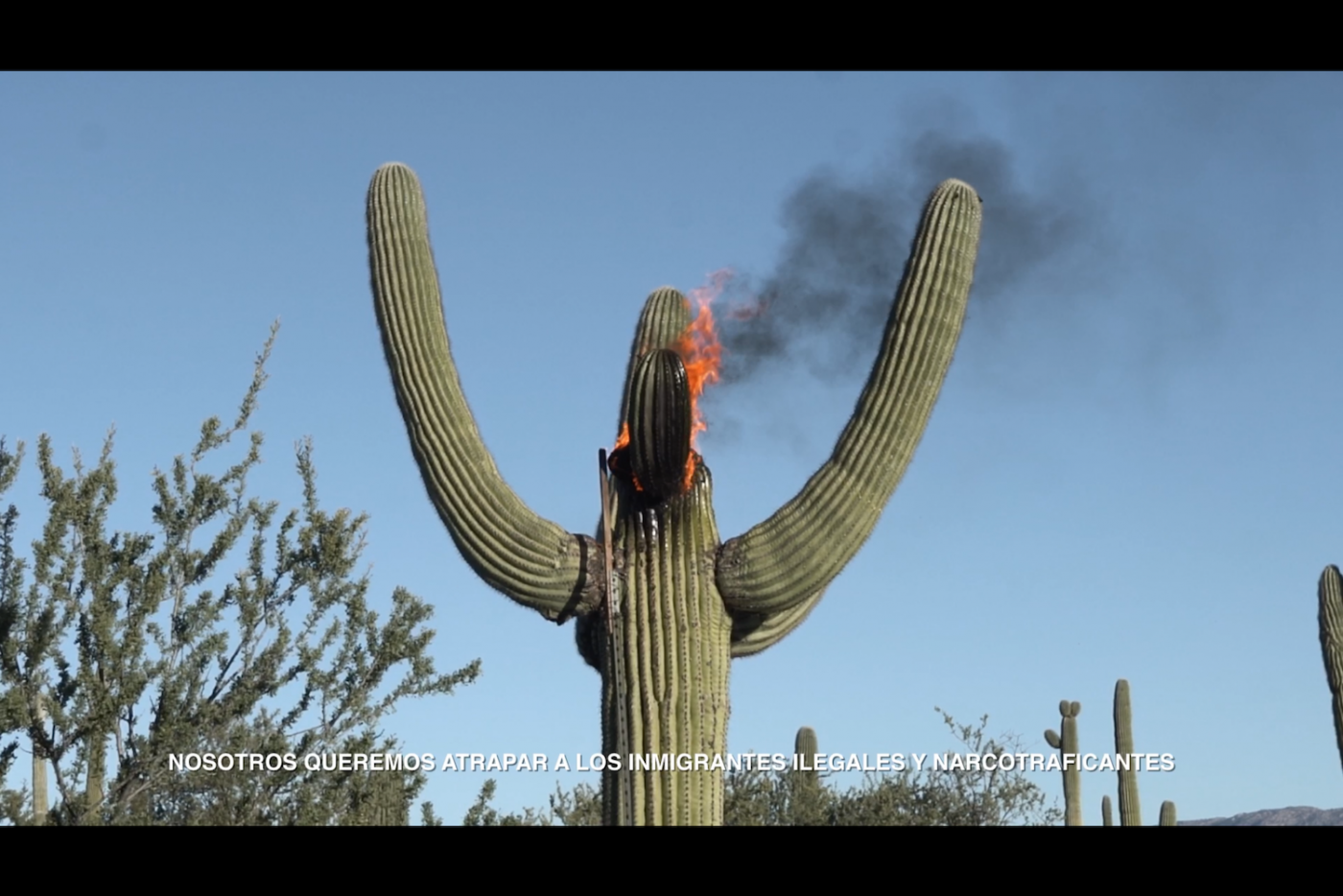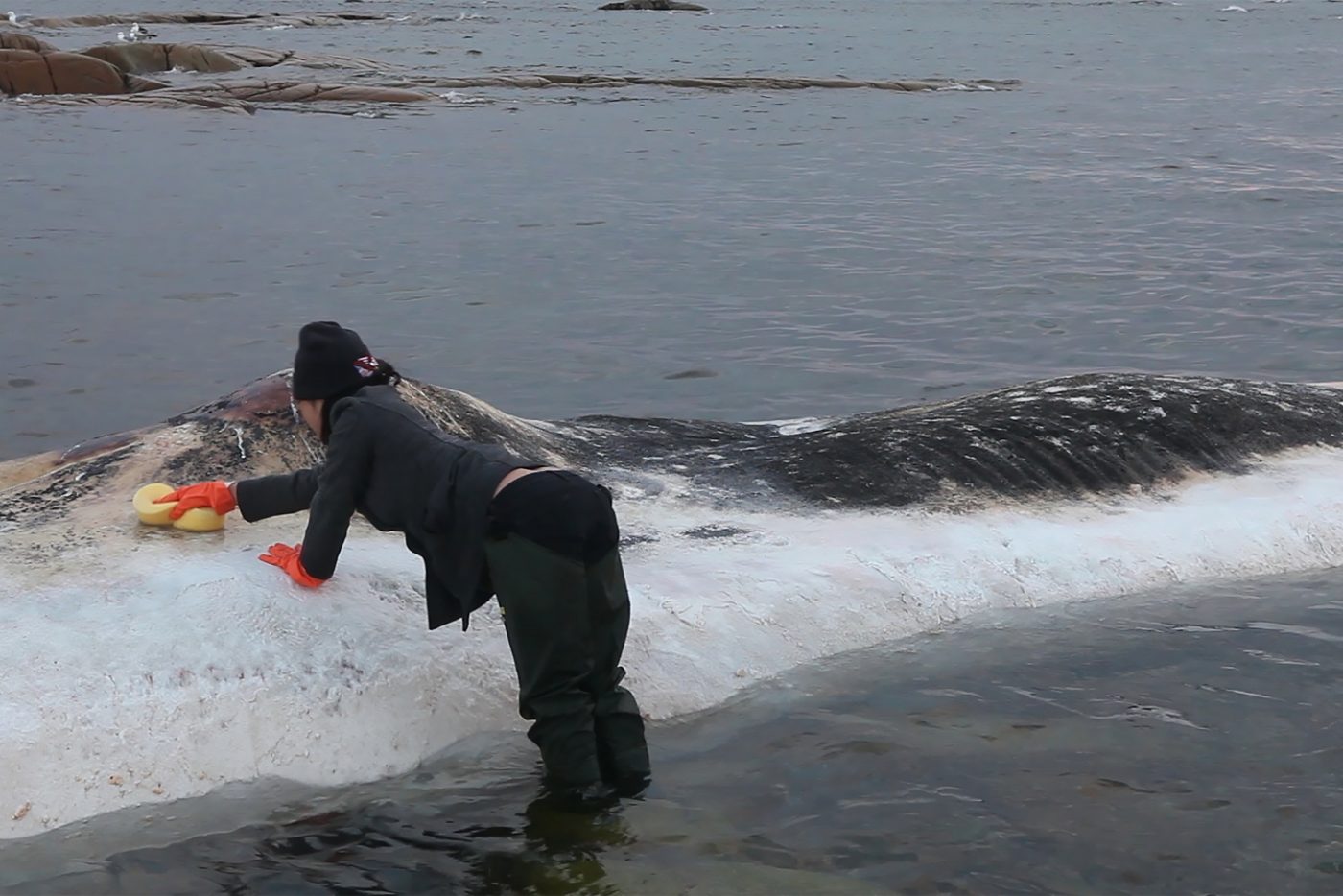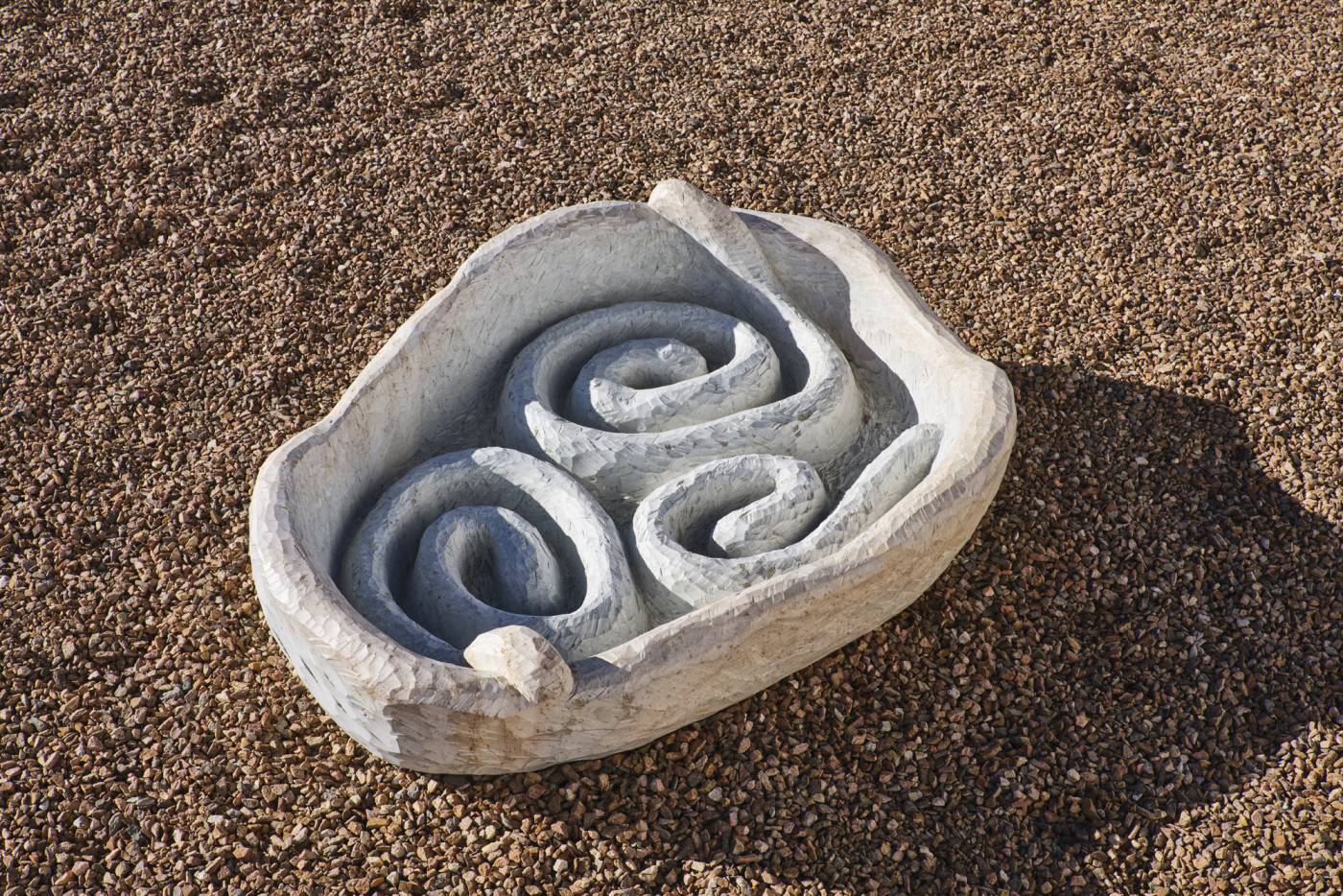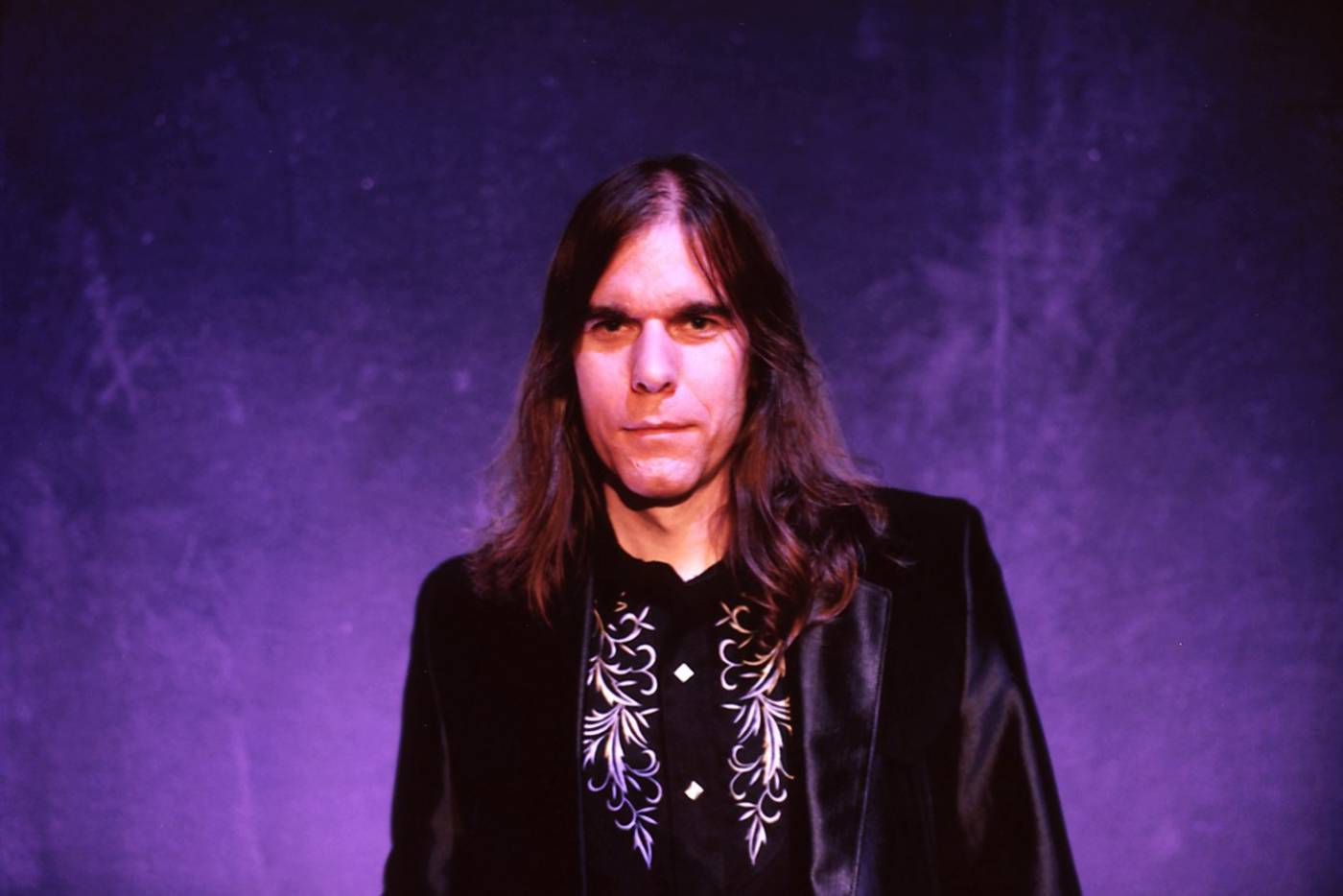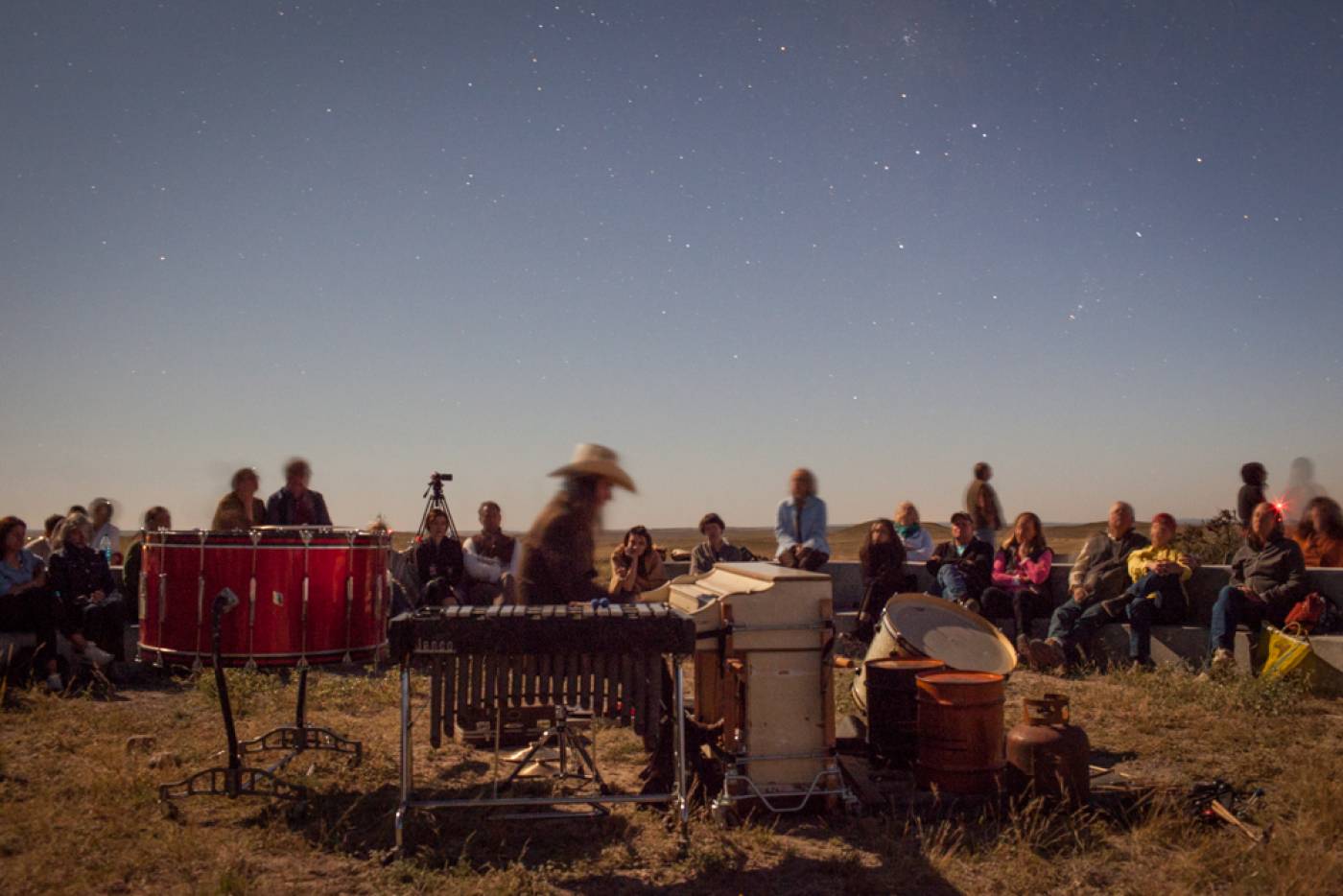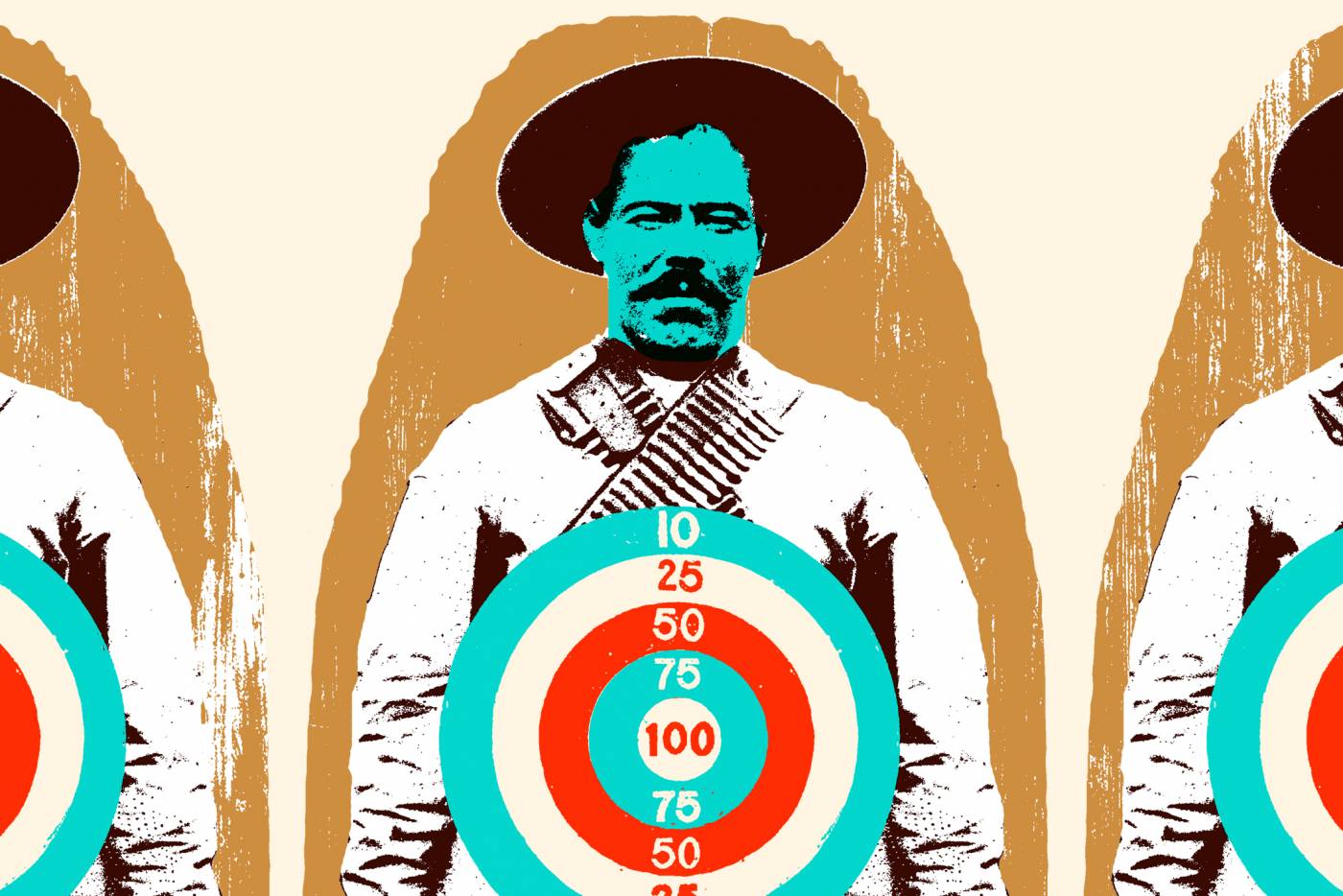Longilonge — Solange Pessoa
March 26, 2020
Exhibition
Solange Pessoa
Solange Pessoa Longilonge was the first solo museum exhibition in the United States of noted Brazilian artist Solange Pessoa. The show included new commissioned works that responded to the cultural and natural landscape in West Texas, alongside important existing pieces made in Minas Gerais, Brazil, where the artist lives and works.
Pessoa’s expressive work draws inspiration from many sources: nature, the Baroque, dreams and the unconscious, Tropicalia, prehistoric cave paintings and carved tools, Land Art, traditional craft, ancestry, Surrealism, and poetry. Five distinct bodies of work converged for the exhibition—displaying touch-points in the artist’s career and creating a connective tissue of imagery, ideas, and relationships between two distant places in North and South America.
For Longilonge, Pessoa recreated a seminal installation originally staged in Brazil in 1994––an immersive sculpture composed of tiers of coffee bags suspended from the ceiling that were filled with fruit, flowers, seeds, bones, earth, and poems. Visitors were invited to rifle through the abundant materials, spilling, adding and co-creating the sculpture, sensing firsthand the living land of Minas and Marfa—the colors, textures, decay and richness.
Pessoa also debuted a new suite of paintings inspired by research trips to Marfa, where she met local botanists and archeologists, and saw Donald Judd’s works in person for the first time. She created new ceramic pieces and installed her iconic soapstone carvings in Ballroom’s outdoor courtyard, where they absorbed the sun, rain and snow. The clay and stone, sourced in Brazil, she shaped to recall varied organic forms: vaginal voids, nipples, phalli, skulls, spirals, ancient fossils. Bronze and feather wall sculptures adorned the hall, invoking the animal body–its death, life and decoration.
Pessoa’s practice is deeply rooted in land, human and natural history. In this focused exhibition she gathered together materials and iconography from distant but similar environments, creating a conversation between shared forms and interwoven cosmogonies.
This exhibition was organized by Ballroom Marfa Director & Curator Laura Copelin.
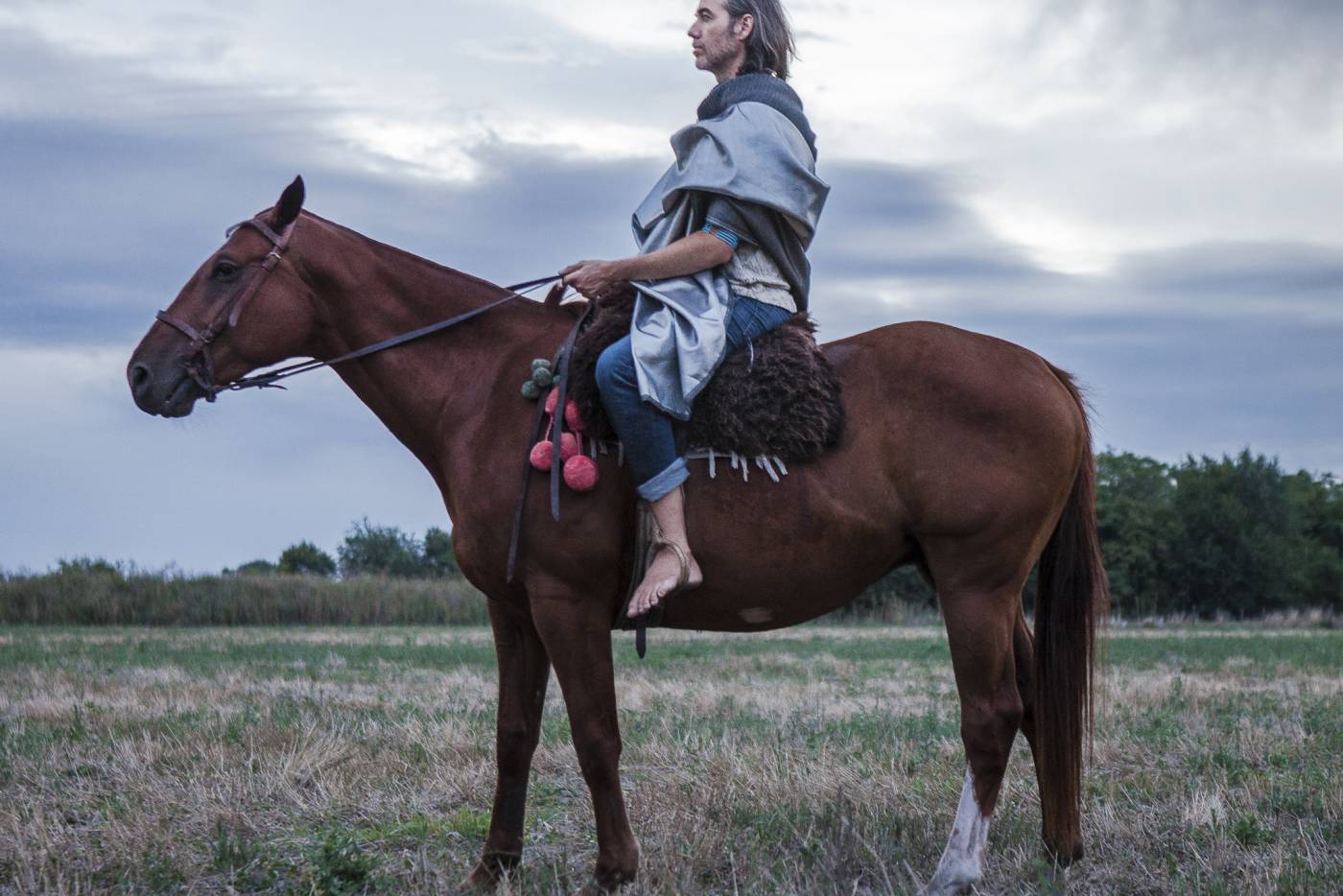
Music
UJI — Live DJ Set with Percussion
15 Nov 2019
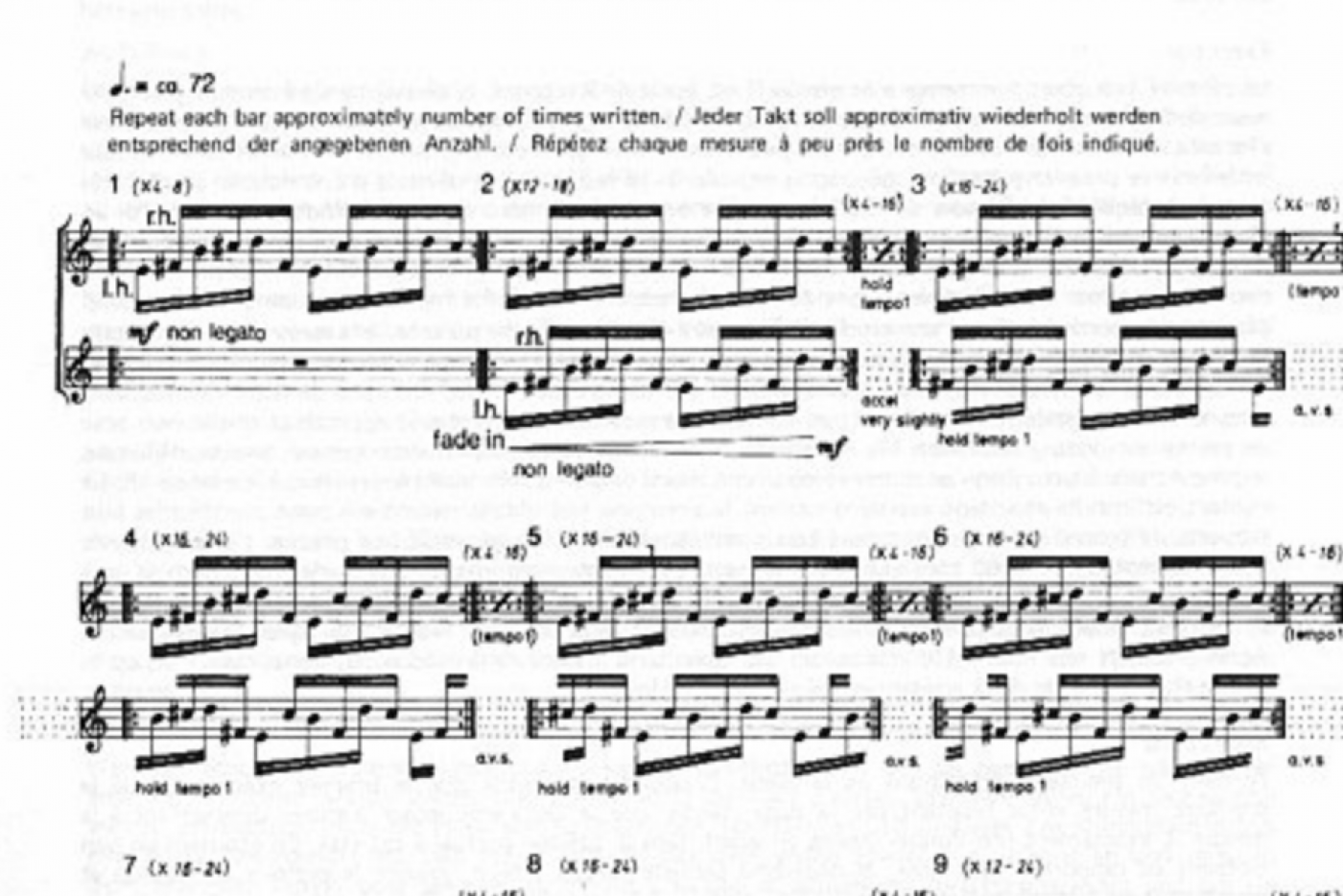
Music
Violin Phase by Steve Reich
15 Nov 2019
